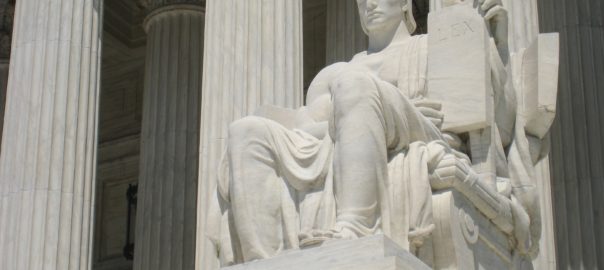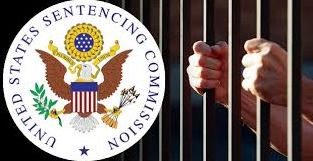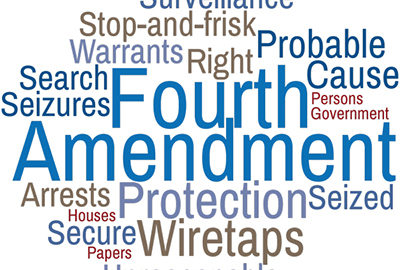Sentence Reduction Pursuant to Rule 35(b) and the 3553(a) Factors
October 16th, 2018
USA v. KATSMAN
16-2583-cr
United States Court of Appeals for the Second Circuit
Decided on October 10, 2018
ISSUE:
ONE Whether the district court is allowed to deny the government’s motion pursuant to Rule 35(b) of the Federal Rules of Criminal Procedure for a reduction of sentence where the courts determined that the defendant provided substantial assistance in an ongoing matter and reaped the benefits of his cooperation in said matter dealing with SDNY. TWO Whether the factors in 18 U.S.C. §3553(a) should be a used in determining the reduction of a sentence pursuant to a motion under Rule 35(b) where the defendant was offered a plea deal in exchange for substantial assistance in an ongoing matter that the defendant had previously participated in.
Federal Criminal Appeals Lawyer call 1-800-APPEALS (1-800-277-3257)
HOLDING:
ONE The Second Circuit held that the district court may deny the government’s motion pursuant to Rule 35(b), such motions are to be decided in two steps: first, the lower court must determine whether the defendant, in fact, provided substantial assistance; Second, if so, it must then determine what, if any, reduction in sentence is warranted. TWO The Second Circuit held that the factors under 18 U.S.C. §3553(a) may be used in determining the reduction of a sentence because it directly relates to step two in determining whether to reduce the defendant’s sentence in light of his cooperation.
FACTS OF THE CASE:
On November 17, 2010, Katsman pled guilty in the EDNY for charges related to a fraudulent check-cashing scheme and was sentenced to 84 months imprisonment. He moved to withdraw his guilty plea or for resentencing before a different judge. His motion to withdraw was denied and his resentencing resulted in a total of 120 months’ imprisonment.
In 2013, the FBI and US Attorney approached Katsman about cooperating in a separate case pending in the SDNY regarding a no-fault insurance fraud scheme and various investment frauds. Subsequently, the government entered into a joint EDNY-SDNY cooperation agreement with Katsman; the government agreed to make a Rule 35 motion to reduce his sentencing in EDNY given that he provided substantial assistance in the ongoing matter. In February 2015, Katsman was required to plead guilty to uncharged criminal conduct in SDNY as part of the deal.
The following year, the US Attorney filed a motion pursuant to Rule 35(b) in the EDNY for resentencing based on his substantial assistance in the prosecutions in the SDNY. While the sentence in the SDNY sentencing was reduced to time served, the district court denied the government’s motion to reduce sentencing in the EDNY. Following Katsman’s initial appeal and remand from the federal court, the district court issued its decision, which is sealed, and a summary of its reasoning.
COURT’S ANALYSIS:
In this case, the Second Circuit held that in deciding a Rule 35(b) motion, the district court must first determine whether the defendant in fact provided substantial assistance and second, if he did, the court must determine what, if any, reduction in sentence is warranted. The federal court did not accept Katsman’s argument that the district court conflated these discrete steps into one. They determined that the district court fulfilled the requirements of the first step by inferring that Katsman clearly provided substantial assistance when he pleaded guilty to a “uncharged criminal conduct” in the SDNY. They then determined that the district fulfilled the requirements of the second step by explaining that a 120-month sentence, which was the middle of the guidelines range, remains sufficient but not greater than necessary to comply with the purposes of Section 3553(a) because, among other things, Katsman had already received the benefit of his cooperation in the SDNY when the sentence in the SDNY sentencing was reduced to a sentence of time served.
While the federal court has yet to address the role of factors in 18 U.S.C. §3553(a), if any, in sentencing reduction pursuant to a Rule 35(b) motion, the text also does not preclude the district court from considering factors in addition to the defendant’s “substantial assistance” and to what extent. In fact, Rule 35’s use of the word “may” implies discretion and “discretion can best be exercised by considering the various sentencing factors”. The only limitation, however, is found under Rule 35(b) which requires that the defendant provides “substantial assistance if he is to receive any benefit for his cooperation.”
if the courts were required to resentence a defendant considering only substantial assistance, there would be “too little discretion for the court to exercise” in deciding whether a reduced sentence is “warranted or prudent under the circumstance.” United States v. Manella, 86 F.3d 201, 2014-05 (11th Cir. 1996). A defendant’s circumstances could change after the sentencing in a way that has an effect on the appropriateness of his sentencing. Take, for instance, a defendant with a terminal illness, which may result in a greater reduction, as opposed to a defendant like Katsman who continued to engage in criminal behavior and lied to the courts about it, which would result in a lesser reduction.



